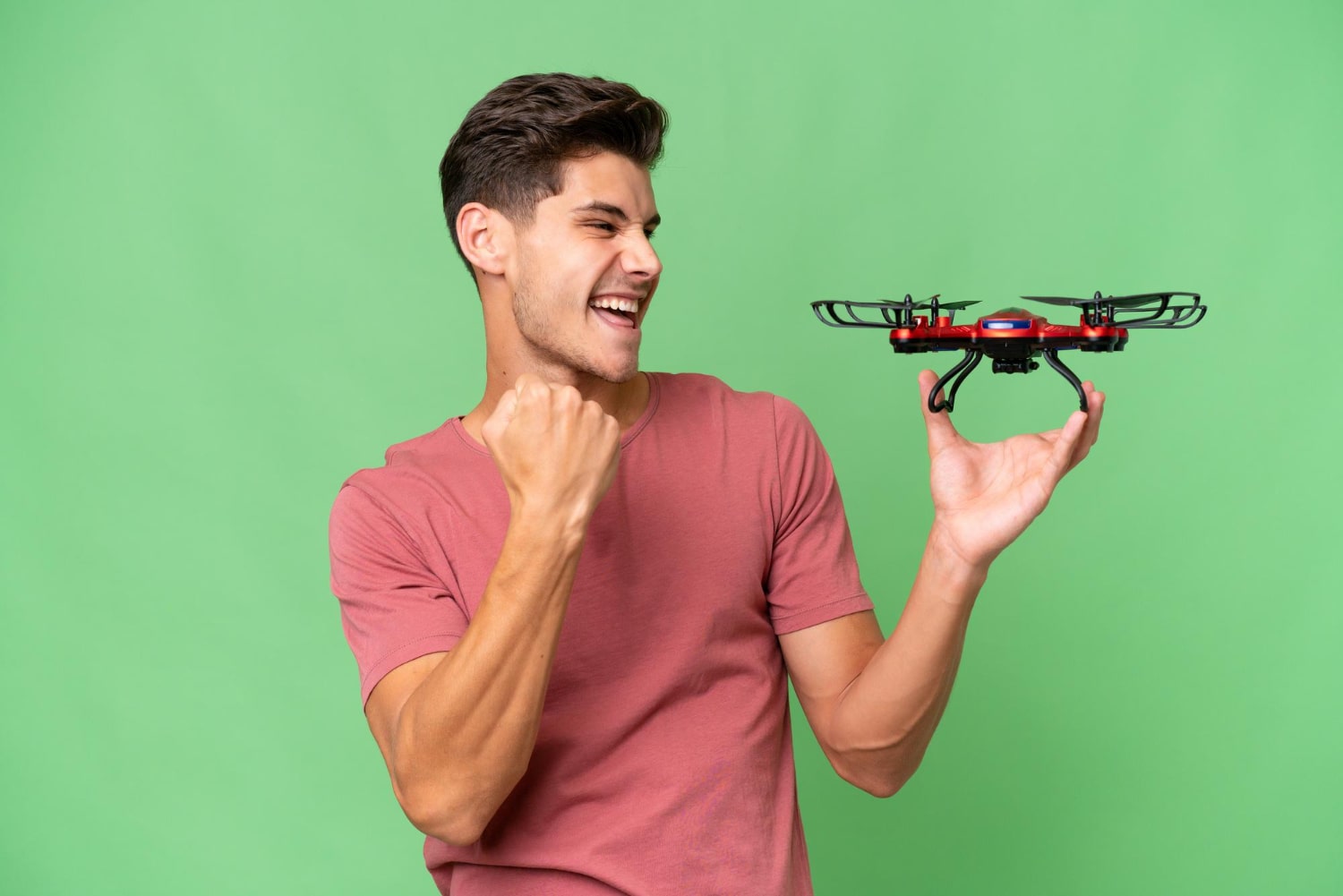Drone racing has emerged as an exciting and high-speed spectator sport that combines technology, skill, and adrenaline. It involves pilots maneuvering small, agile drones through obstacle-filled courses at high speeds, often with first-person view (FPV) goggles that provide a thrilling immersive experience. Here are some key aspects of drone racing as a spectator sport:
-
Thrilling Racing Experience: Drone racing offers a unique and thrilling racing experience both for pilots and spectators. The small and nimble drones can reach speeds of over 100 miles per hour, zipping through intricate courses with precision and agility. The fast-paced nature of the sport, combined with the FPV perspective, creates an immersive and exhilarating experience for both pilots and spectators.
-
First-Person View (FPV): FPV technology is a crucial aspect of drone racing. Pilots wear FPV goggles that provide a live video feed from the drone’s onboard camera, allowing them to fly the drone as if they were inside it. This perspective gives pilots a real-time view of the racecourse, enabling them to navigate through challenging obstacles and make split-second decisions. Spectators can also watch the races on large screens or FPV displays, immersing themselves in the action from the pilot’s perspective.
-
Challenging Racecourses: Drone racing courses are designed to test the pilots’ skills and agility. They often feature a combination of tight turns, hairpin bends, vertical ascents and descents, and challenging obstacles such as gates, flags, and LED-lit structures. The intricate layouts and demanding nature of the courses add excitement and create opportunities for strategic overtaking and thrilling maneuvers.
-
Competitive Events and Leagues: Drone racing has evolved into organized competitive events and leagues at various levels, ranging from local races to international championships. These events bring together skilled pilots from around the world to compete for prizes and recognition. Organizations like the Drone Racing League (DRL) have established professional racing circuits, similar to traditional sports leagues, with standardized rules, official tracks, and professional pilots.
-
Technological Innovation: Drone racing has spurred technological innovation in drone design and performance. Manufacturers continuously develop faster, more agile, and more robust racing drones to meet the demands of competitive racing. Pilots also customize and modify their drones to gain a competitive edge, pushing the boundaries of drone technology.
-
Spectator Engagement: Drone racing is not only thrilling for the pilots but also engaging for spectators. The immersive FPV perspective, combined with live race commentary, enables spectators to follow the action closely. Spectators can experience the excitement of the race, root for their favorite pilots, and witness impressive aerial maneuvers. In some events, spectators can even participate in simulators or fly smaller-scale drones themselves.
-
Media Coverage and Broadcasts: Drone racing has gained media attention and is increasingly being broadcasted on television and online platforms. Dedicated camera drones capture aerial footage of the races, providing dynamic angles and captivating visuals for viewers. Broadcasters use graphics and overlays to display race statistics, lap times, and leaderboard standings, enhancing the viewing experience.
Drone racing has quickly gained popularity as a high-speed spectator sport, attracting both participants and viewers. Its combination of technology, skill, and thrilling racing action offers a unique experience that appeals to a wide audience. With the ongoing advancements in drone technology and the growing interest in the sport, drone racing is poised to continue expanding and captivating audiences worldwide.



